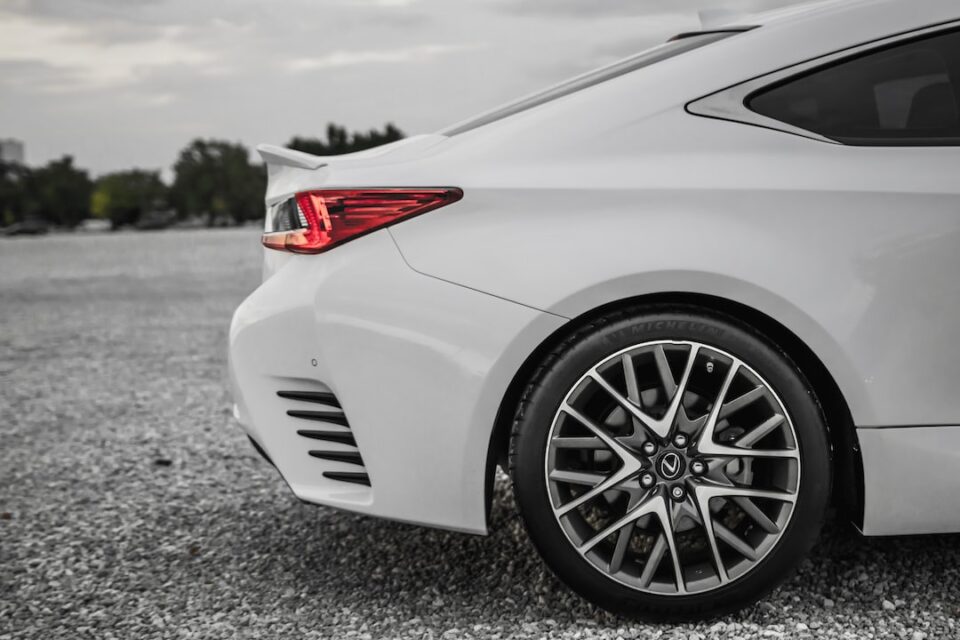Fuel Efficiency 101: Simple Steps to Save on Gas
In today’s fast-paced world, fuel efficiency has become a hot topic. With constantly rising gas prices and increasing concerns about environmental sustainability, it is essential to find ways to maximize fuel efficiency. By making simple changes to your driving habits and vehicle maintenance, you can save money at the pump and reduce your carbon footprint. In this blog post, we will explore some easy steps to help you achieve better fuel efficiency.
1. Drive smoothly: Aggressive driving, such as speeding, rapid acceleration, and sudden braking, can significantly decrease your fuel efficiency. Instead, try to maintain a steady speed, use gradual acceleration, and anticipate stops to avoid unnecessary braking. Smooth driving not only saves fuel but also enhances safety on the road.
2. Avoid excessive idling: Did you know that idling for more than 10 seconds can consume more fuel than restarting your engine? Whenever possible, turn off your engine instead of idling. If you are waiting in a line or picking someone up, consider using the drive-thru or finding a parking spot where you can turn off your engine.
3. Inflate your tires: Underinflated tires increase rolling resistance, which can lead to reduced fuel efficiency. Regularly check your tire pressure and ensure they are properly inflated. Refer to your vehicle’s owner manual or the label inside the driver’s door for the recommended tire pressure. Remember, proper tire inflation not only saves fuel but also prolongs tire life and improves handling.
4. Remove excess weight: Carrying unnecessary items in your vehicle adds weight and reduces fuel efficiency. Take some time to declutter your trunk and remove any items that you don’t need for your journey. Similarly, avoid using roof racks or cargo carriers unless necessary, as they increase wind resistance and negatively impact fuel economy.
5. Use cruise control: On long highway journeys, utilizing your vehicle’s cruise control can have a positive impact on fuel efficiency. It helps maintain a consistent speed, which can reduce unnecessary acceleration and deceleration, ultimately saving fuel.
6. Avoid high speeds: Driving at higher speeds not only poses a safety risk but also leads to increased fuel consumption. As a general rule, fuel efficiency tends to decrease significantly above speeds of 60 miles per hour. Whenever possible, try to stick to moderate speeds and use the rightmost lane when driving on highways.
7. Regular vehicle maintenance: Keeping your vehicle well-maintained is crucial for optimal fuel efficiency. Follow the recommended maintenance schedule provided by your vehicle manufacturer. Regularly change the oil, air filter, and spark plugs, as dirty or worn-out components can affect fuel economy. Additionally, ensure that all fluids, such as coolant and transmission fluid, are at their proper levels.
8. Plan your trips: Combining multiple errands into one trip can help reduce unnecessary driving and ultimately save fuel. Plan your routes in advance to avoid traffic congestion and use navigation apps to find the most efficient paths. Additionally, carpooling or using public transportation whenever possible further contributes to fuel savings and reduces traffic congestion.
Achieving better fuel efficiency doesn’t require drastic lifestyle changes. By implementing these simple steps into your daily routine, you can make a significant impact on your fuel consumption, save money, and contribute towards a more sustainable future. So, let’s start driving smarter and greener to save both our wallets and the environment!


